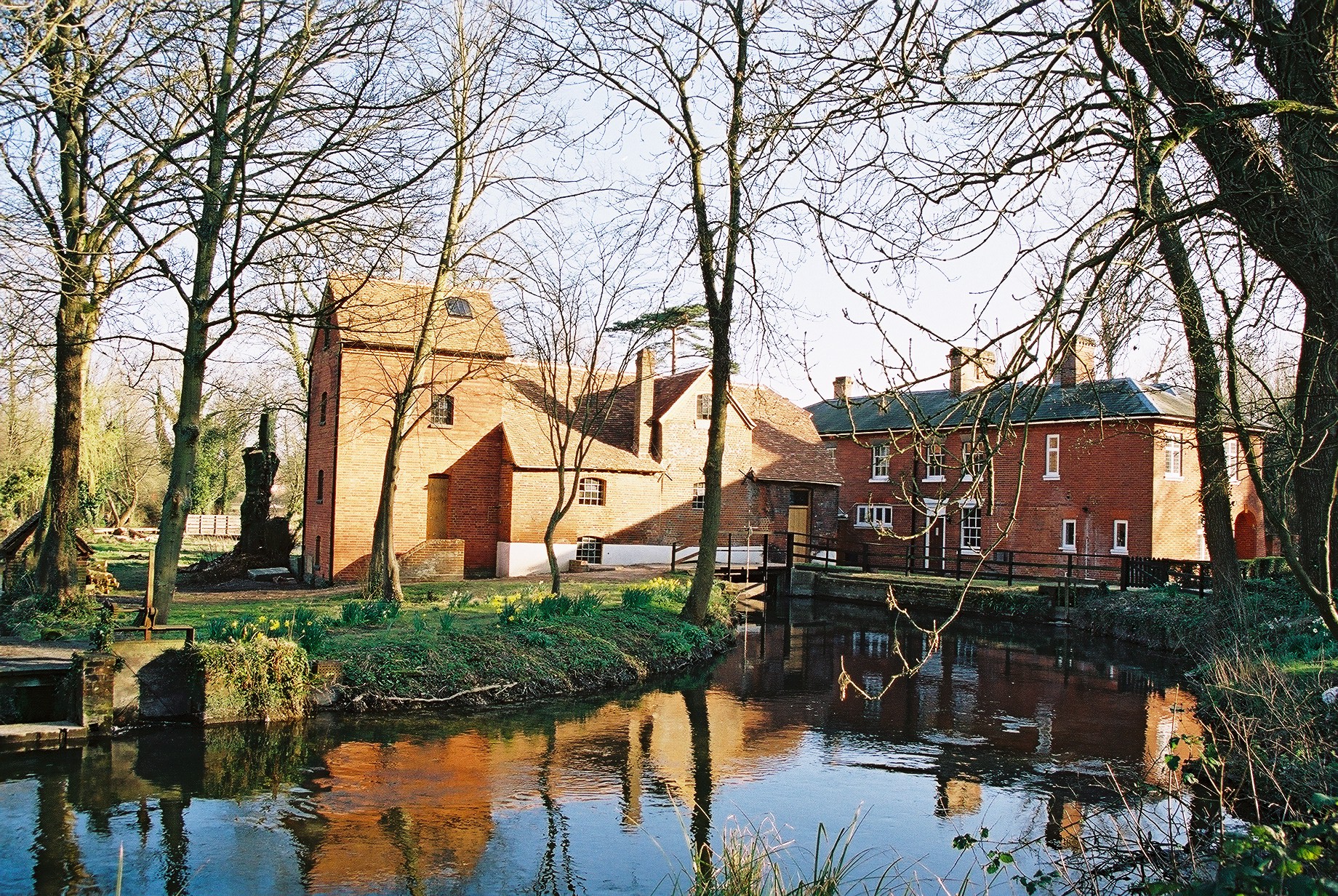Once in the village, I parked on the road as the hall and its car-park were in use, and met a fellow walker who'd just enjoyed a similar route. I set-off confidently along the track past a farm and followed a local as he bounded his way past sheep under the blissful sun of the open field. I could've easily cracked a cider and had a picnic, but instead continued my way through gates to a cool, tree-lined path.
I walked past a stud before crossing the road to Whitsbury Manor Stables, which are famous for training Grand National champion horses Red Rum and Rhyme‘n’Reason. I’m not a big fan of horse racing, but there was a definite air of professionalism and respect as I skirted the grounds. I continued a path overlooking fields and descended to the bottom of the valley.
I turned right onto a wide track and walked quite a distance past two farms, before turning right again through a gate and heading uphill. I was planning on taking lunch a little further up, but the sun took its toll and forced me to take a breather. Once refuelled, I continued uphill before entering woodland and taking a sharp left down a muddy, forest path.
I emerged from woodland near another farm, turned left down a country lane and right into a field. At the end of the field I found what was meant to be a narrow path, but was little more than a jungle. A pair of walkers and their dog met me halfway; their arms raised high as they waded through thick bushes where the path should’ve been. “How sensible,” I commented, as I looked between their trousers and my now red-raw, bare shins.
Finally, the path (and the pain) ended at a stile on the left into an open field with horses, which led me back to Rockbourne and my car. All in all, this had been exactly what I wanted from a walk; a good six miles, scenic and straightforward to follow, though it's seems I'm currently doomed to take on overgrown paths, but I suppose they only add to the adventure.
This walk was taken from the Hampshire and New Forest Walks pathfinder guide.
Click the link to read more about Whitsbury Manor Stables on the website for Marcus Tregoning Racing.






















































